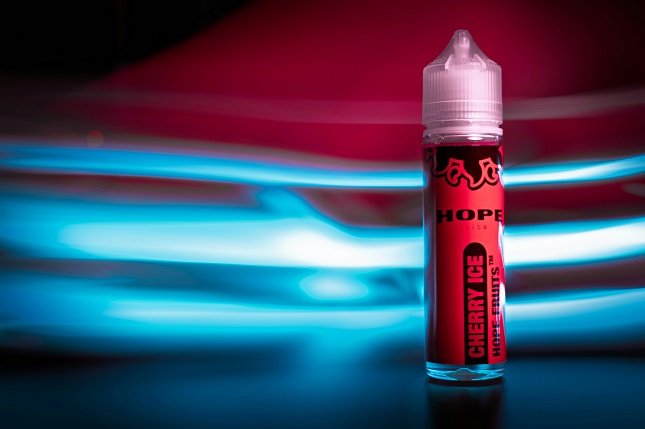The vaping industry has experienced rapid growth over the past decade, but what drives this momentum varies greatly across different regions. Understanding these regional trends is crucial for brands, retailers and enthusiasts alike. From shifting consumer preferences to regulatory landscapes, the factors shaping the vaping market are diverse and dynamic.
The Rise of Premium Vaping Products
In many developed markets, consumers are increasingly seeking premium vaping experiences. This includes devices with sleek designs, longer battery life and advanced functionality. Devices like the lost mary bm6000 have captured attention by combining style with convenience, catering to users who value both performance and aesthetics. The premium segment is driven by a desire for more satisfying, customisable vaping experiences, encouraging brands to innovate and differentiate their offerings.
Shifts in Flavoured Vaping Preferences
Flavoured e-liquids remain a major driver of vaping adoption, but trends vary regionally. In North America, fruity and dessert-inspired flavours dominate, while in parts of Europe, menthol and tobacco-inspired flavours see higher demand. Understanding these preferences helps brands tailor their product lines to meet local tastes. Additionally, cultural attitudes towards flavour bans or restrictions heavily influence which products are accessible and popular. The growing interest in unique flavour combinations encourages experimentation, creating opportunities for niche brands to stand out.
Impact of Regulatory Landscapes
Regulation continues to shape the vaping market in significant ways. Regions like the European Union have established clear standards for nicotine limits, packaging and marketing practices, affecting which products are available and how they are sold. In contrast, some regions in Asia and South America have more lenient approaches, allowing for a wider variety of devices and stronger nicotine formulations. Regulatory environments directly influence consumer behaviour, brand strategies and even the growth trajectory of the vaping industry in specific locales.
Urbanisation and Accessibility
Urban areas tend to see higher vaping adoption due to increased accessibility, lifestyle trends and social acceptance. Cities often host a larger concentration of vape shops and speciality retailers, providing consumers with convenient access to devices, e-liquids and information. Urban consumers are also more likely to experiment with new technologies and flavours, contributing to the rapid evolution of product offerings. In contrast, rural areas may see slower adoption rates due to limited retail presence and cultural differences, emphasising the importance of regional marketing strategies.
Social Media and Community Influence
Across all regions, social media and online communities have become key drivers of vaping culture. Influencers, reviews and user-generated content shape perceptions and preferences, often faster than traditional marketing channels. Regional communities may emphasise different aspects of vaping, from flavour experimentation to device performance, creating localised trends that brands must recognise. Engaging authentically with these communities allows companies to build loyalty, foster brand awareness, and stay ahead of emerging trends.
Looking Ahead
The future of vaping will continue to be influenced by regional nuances. Understanding local preferences, regulatory environments, technological adoption, and social trends is essential for brands seeking to expand or solidify their presence. By aligning product offerings with these regional dynamics, companies can ensure relevance and resilience in a competitive global market.




